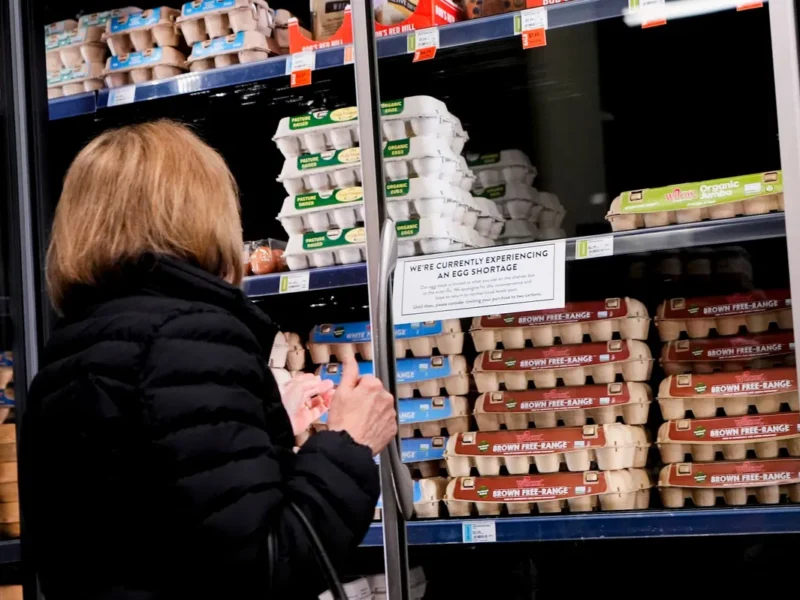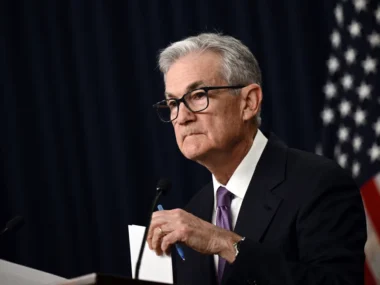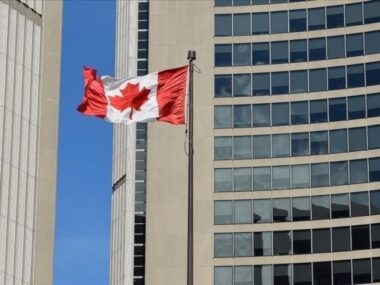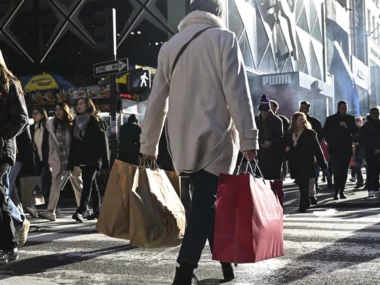The cost of many frequently purchased goods and services increased in January, pushing inflation higher and reaching its fastest pace since June of last year.
Consumer prices rose 0.5% from December, marking the sharpest monthly increase since August 2023 and bringing the annual inflation rate to 3% for the 12 months ending in January, according to the latest Consumer Price Index data from the Bureau of Labor Statistics.
Economists had anticipated minimal change from December’s figures, but the January report showed broad-based price increases, adding pressure on consumers and businesses. The Federal Reserve has been aiming for lower inflation, while concerns grow over how former President Donald Trump’s tariff policies could impact prices.
“The inflation struggle isn’t over yet for consumers, businesses, and investors,” said Chris Rupkey, chief economist at FwdBonds, in a note on Wednesday. He suggested seasonal factors might have contributed to the price surge but noted the report was bad news for Federal Reserve policymakers.
US stocks fell following the report, as investors worried that inflation’s reversal could lead to prolonged high interest rates. At the opening bell, the Dow dropped around 395 points, while the S&P 500 and Nasdaq Composite declined by 1% and 1.1%, respectively. The 10-year Treasury yield climbed to 4.6% after the hotter-than-expected data.
Egg prices increase at the fastest pace in almost a decade.
January CPI reports often show slight increases due to annual price adjustments by businesses, but this time, inflation surged across multiple categories.
The Consumer Price Index (CPI), which tracks price changes for commonly purchased goods and services, saw broad-based increases last month. Energy and food costs remained high, with egg prices experiencing a sharp rise due to shortages caused by an avian flu outbreak.
Egg prices jumped 15.2% from December to January, marking the steepest monthly increase since June 2015, when an earlier avian flu outbreak drove prices up 18.3%. Over the past year, egg prices have surged by 53%.
Grocery prices increased 0.5% from December, their fastest monthly rise in more than two years, with eggs contributing to two-thirds of the gain, according to the Bureau of Labor Statistics. Economists had predicted a 0.3% monthly increase, which would have kept annual inflation at 2.9%, according to FactSet estimates.
Since food and energy prices fluctuate due to external factors like weather, supply chain disruptions, and global conflicts, economists focus on “core” inflation, which excludes these volatile components.
Core inflation rose 0.4% in January, pushing the annual rate to 3.3% from 3.2%. However, core inflation has remained between 3.2% and 3.3% for eight months, signaling relative stability, according to Oak McCoy, an economist at the University of New England.
A key factor keeping core inflation high is shelter costs, which reflect housing-related price changes. Shelter prices increased 0.4% in January, up from 0.3% in December, driven by rising home insurance and lodging-away-from-home costs, which tend to be volatile. Despite this, annual shelter inflation dropped to 4.4%, matching a three-year low.
While inflation has eased significantly from its 40-year peak in 2022, prices continue to rise faster than pre-pandemic levels, posing ongoing challenges. Additionally, inflation trends remain at odds with the Federal Reserve’s target.
“Navigating uncertainties”
Although monthly economic data can fluctuate, economists warn that current inflation trends may keep the central bank from lowering interest rates this year. This would mean prolonged high borrowing costs for consumers and businesses.
That outcome contrasts with Trump’s stance.
“Interest rates should be lowered, something that aligns with upcoming tariffs! Let’s go, America!” Trump posted on TruthSocial before the CPI data was released.
Kevin Hassett, director of the White House National Economic Council, clarified to CNN that Trump’s remarks were about policy actions rather than pressuring the Federal Reserve.
“We’re taking aggressive measures to lower interest rates,” Hassett stated, pointing to a recent decline in the 10-year Treasury yield as evidence that Trump’s economic policies are effective. However, following the inflation report, the yield surged.
Hassett added that the administration’s focus on spending control, tax cuts, deregulation, and expanding domestic energy production could help reduce prices. He attributed rising inflation to the Biden administration’s policies and mentioned upcoming plans to address soaring egg prices.
Despite these measures, some economists caution that Trump’s tariff strategy could push inflation higher and slow economic growth.
“There’s nothing in the tariff agenda that will lower consumer prices,” said Stephanie Roth, chief economist at Wolf Research.
A combination of rising inflation and slowing growth would create challenges for the Federal Reserve, which has limited tools to manage inflation without significantly impacting the economy.
While higher interest rates help curb inflation by reducing demand, maintaining economic stability without triggering a recession remains a delicate balance—often referred to as achieving a “soft landing.”
Although that goal is still within reach, persistent inflation, along with strong labor market and consumer spending trends, could prompt the Fed to delay any policy changes.
“This feels like déjà vu—2024 also started with unexpectedly high inflation, leading to a major reassessment of rate-cut expectations,” wrote Elyse Ausenbaugh, head of investment strategy at J.P. Morgan Wealth Management. “With ongoing uncertainty around trade and fiscal policy, I trust the Fed’s patient, data-driven approach to future decisions.”











